Egyptian Standing Wooden Figure Middle Kingdom, 12th-11th Dynasty, 2055-1650 BC A large wooden statue of a female offering-bearer, wearing a tight fitting dress with traces of white pigment; a bag wig with long pigtail to the back; one arm remaining attached by dowel to the shoulder; fitted to original wood rectangular base with red pigment. 573 grams, 45cm (18"). Fair condition. Scarce in this size. Provenance Ex North London gentleman; formerly in an early 20th century collection. Literature For a similar example see the Museum of Fine Arts, Boston, from the tomb of Djehutynakht, Deir el-Bersha, Tomb 10, shaft A, accession number 21.326. Footnotes Wooden tomb models were an Egyptian funerary custom throughout the Middle Kingdom in which wooden figurines and sets were constructed to be placed in the tombs of Egyptian wealthy people. These wooden models represented the work of servants, farmers, other skilled craftsman, soldiers and religious rituals. The different types of models served as symbols and were believed to perform various functions for the deceased. As the practice of funerary models increased in popularity during the Middle Kingdom, so did the variety of the models and their functions. In addition to models of servants, models of bakeries, farms, granaries, factories, military, and religious worship complete with workers, tools, weapons, and animals were made. Each model had a different purpose in the belief of the Egyptians and was provided to perform its specific function. Model houses were included to ensure existence in the afterlife. Farmers, artisans, and craftsmen models were said to increase the material wealth of the individual. If the tombs resident needed to perform a specific task in the afterlife, a wooden model would be included to perform that task for him. Funerary boat models reflected the mythological beliefs of the Egyptians, that they would help to further the deceased's progression in the underworld. The best known wooden models come from the tomb of the chancellor Meketre, over half of which are funerary boats.
Egyptian Standing Wooden Figure Middle Kingdom, 12th-11th Dynasty, 2055-1650 BC A large wooden statue of a female offering-bearer, wearing a tight fitting dress with traces of white pigment; a bag wig with long pigtail to the back; one arm remaining attached by dowel to the shoulder; fitted to original wood rectangular base with red pigment. 573 grams, 45cm (18"). Fair condition. Scarce in this size. Provenance Ex North London gentleman; formerly in an early 20th century collection. Literature For a similar example see the Museum of Fine Arts, Boston, from the tomb of Djehutynakht, Deir el-Bersha, Tomb 10, shaft A, accession number 21.326. Footnotes Wooden tomb models were an Egyptian funerary custom throughout the Middle Kingdom in which wooden figurines and sets were constructed to be placed in the tombs of Egyptian wealthy people. These wooden models represented the work of servants, farmers, other skilled craftsman, soldiers and religious rituals. The different types of models served as symbols and were believed to perform various functions for the deceased. As the practice of funerary models increased in popularity during the Middle Kingdom, so did the variety of the models and their functions. In addition to models of servants, models of bakeries, farms, granaries, factories, military, and religious worship complete with workers, tools, weapons, and animals were made. Each model had a different purpose in the belief of the Egyptians and was provided to perform its specific function. Model houses were included to ensure existence in the afterlife. Farmers, artisans, and craftsmen models were said to increase the material wealth of the individual. If the tombs resident needed to perform a specific task in the afterlife, a wooden model would be included to perform that task for him. Funerary boat models reflected the mythological beliefs of the Egyptians, that they would help to further the deceased's progression in the underworld. The best known wooden models come from the tomb of the chancellor Meketre, over half of which are funerary boats.
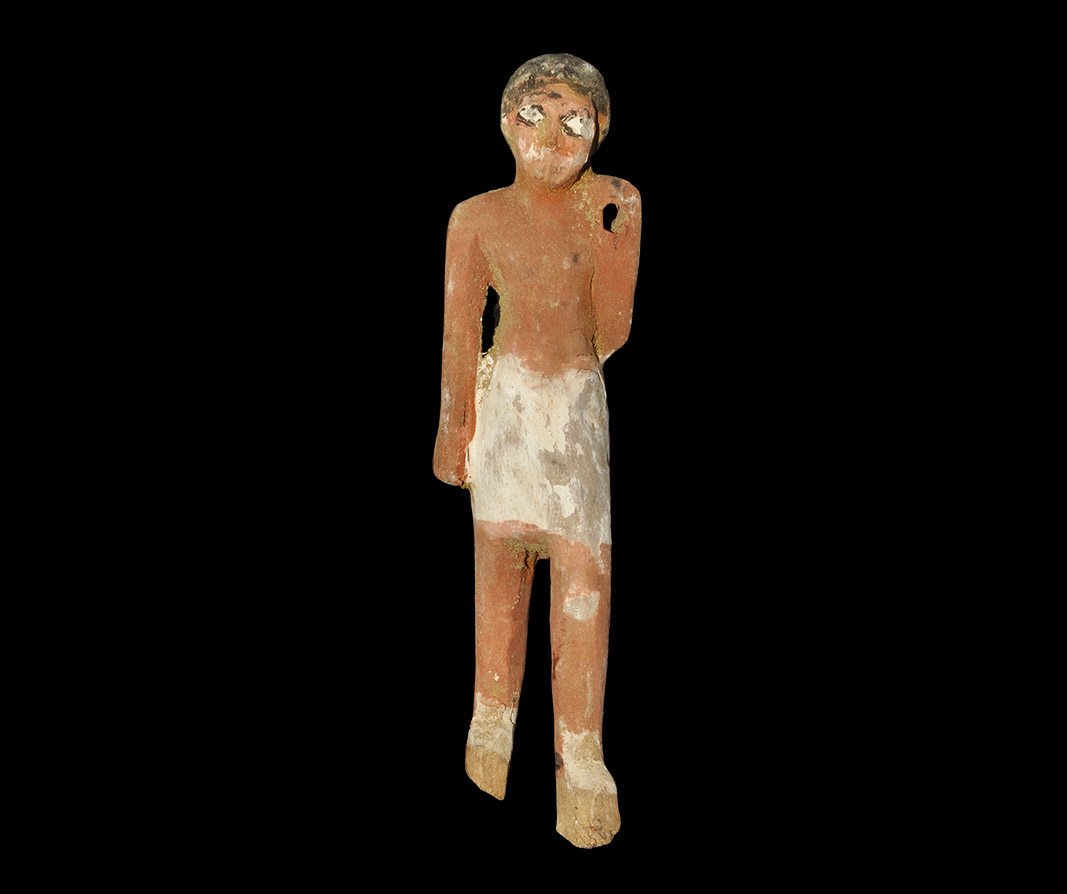


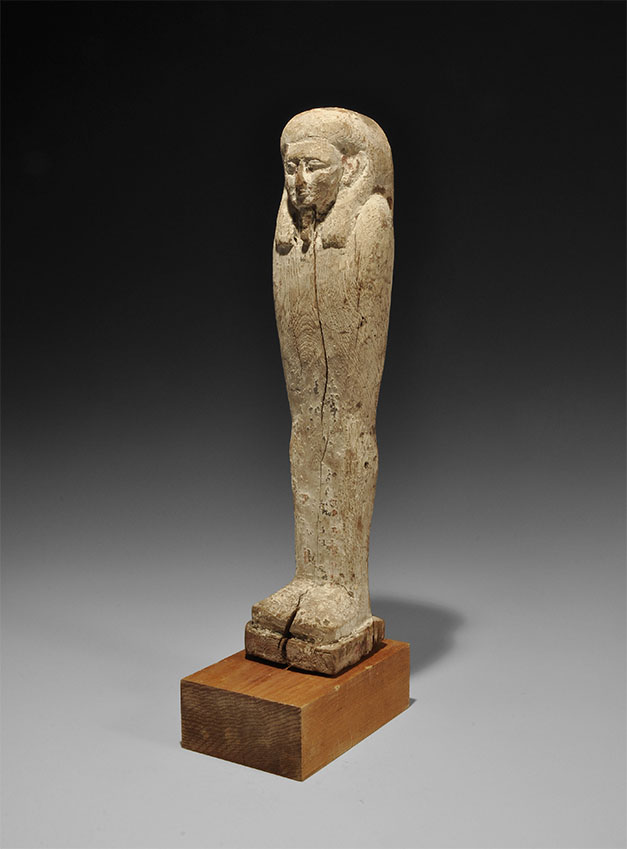
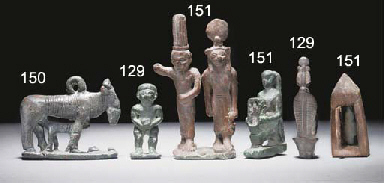

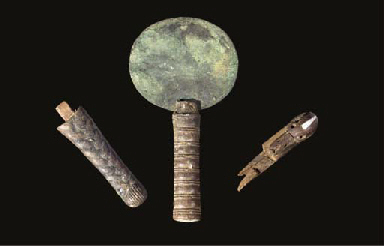
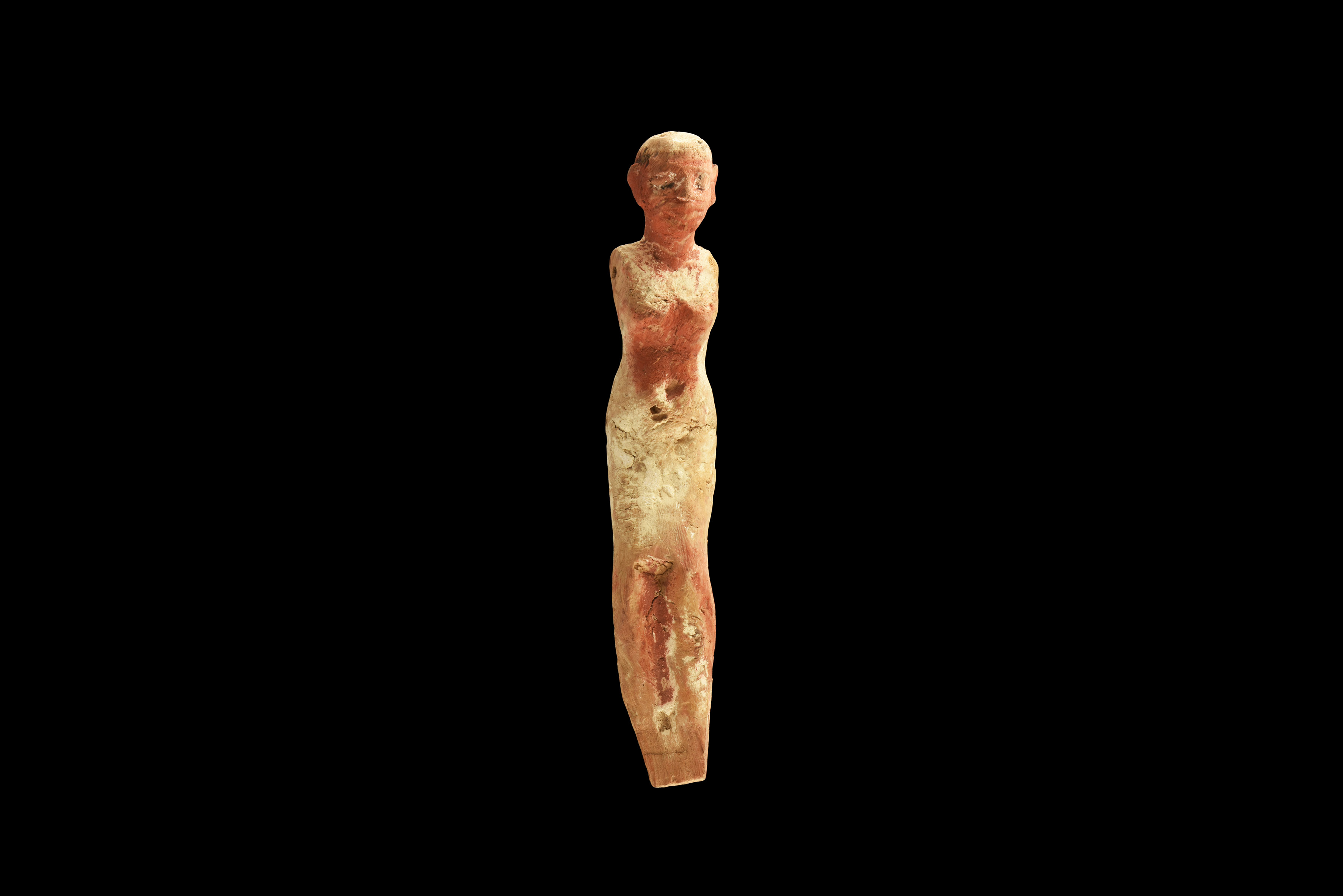

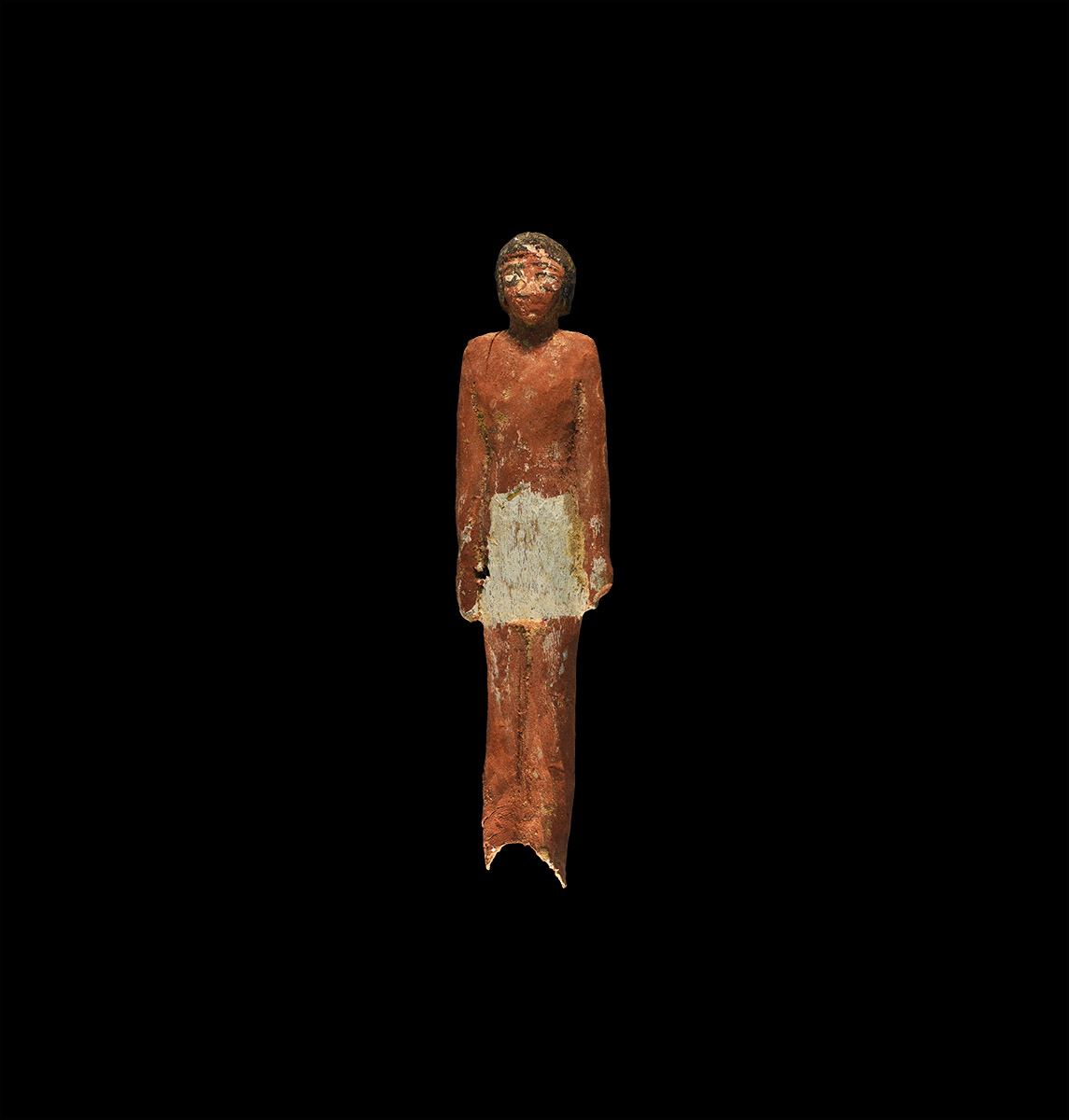

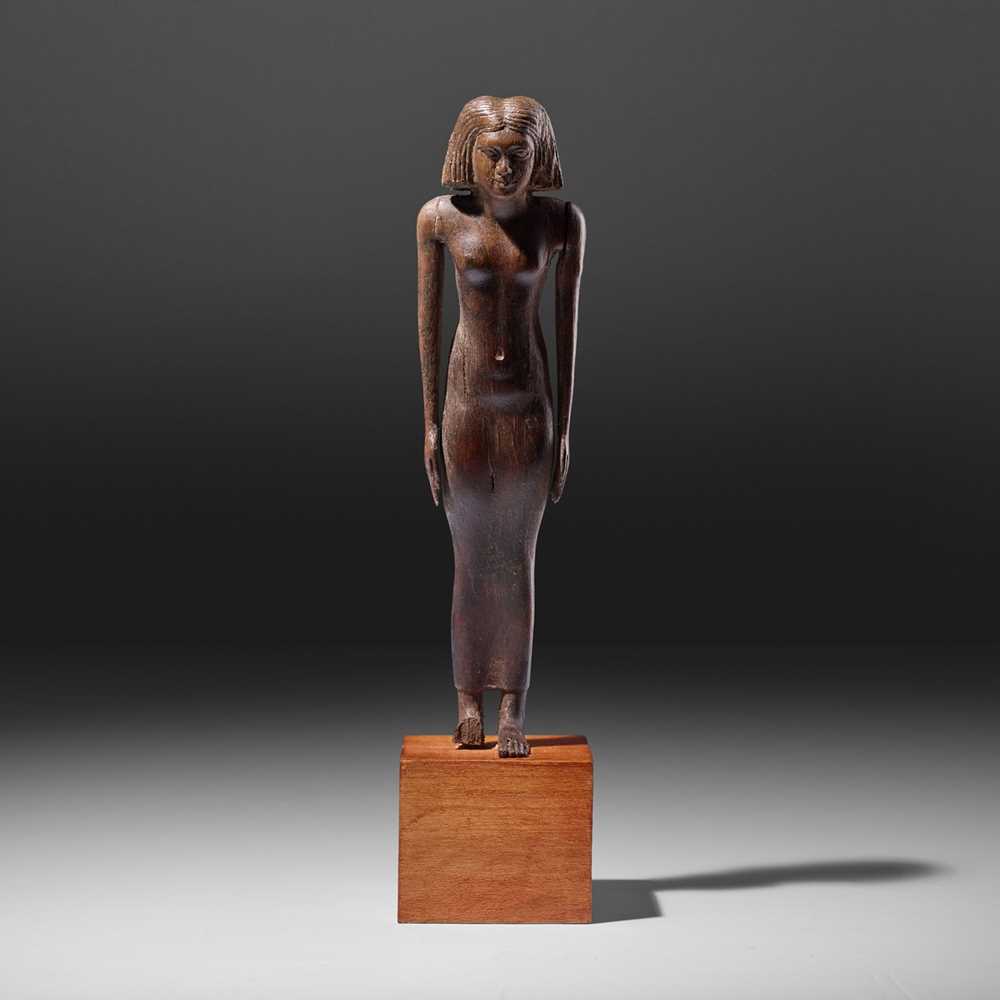

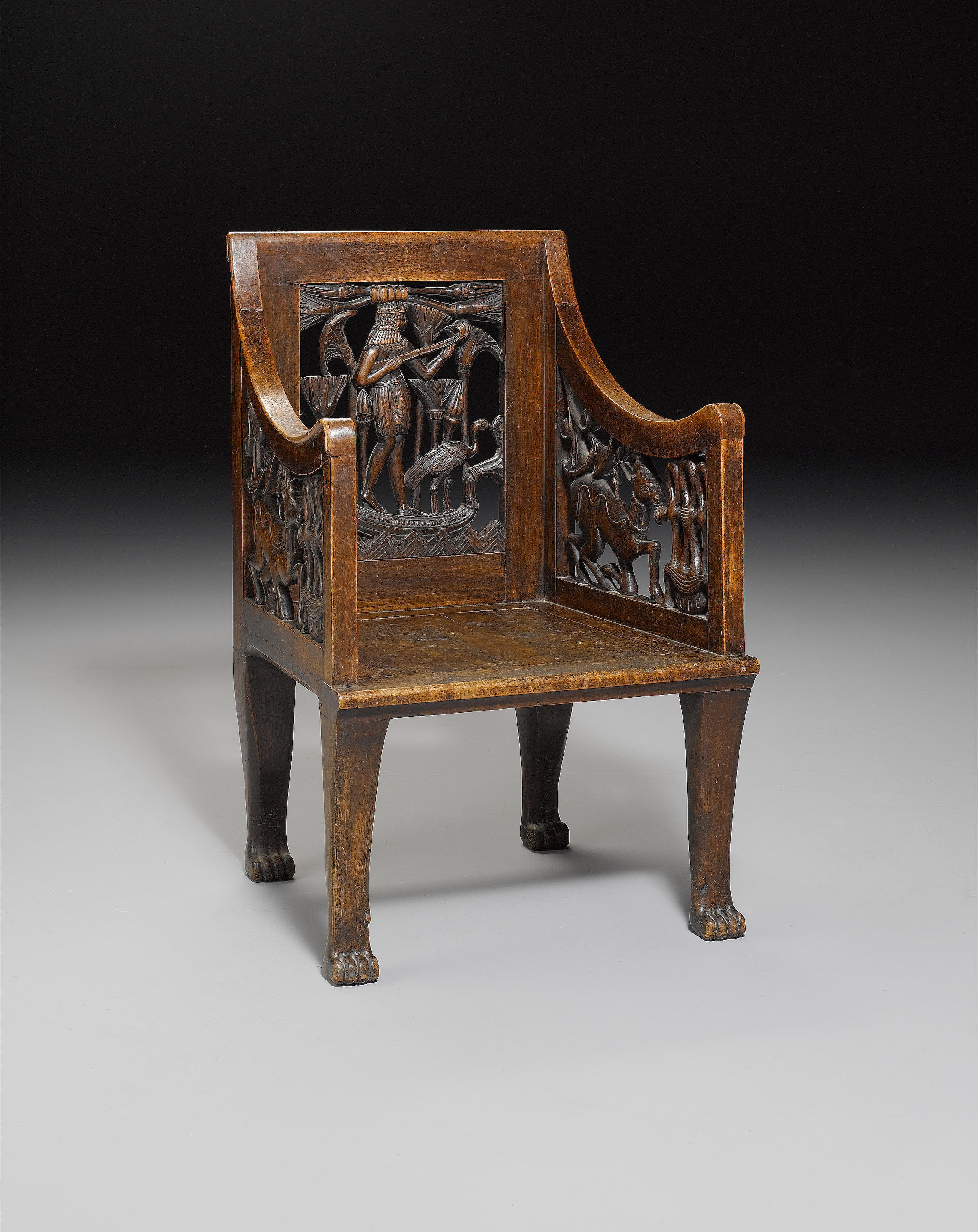

Testen Sie LotSearch und seine Premium-Features 7 Tage - ohne Kosten!
Lassen Sie sich automatisch über neue Objekte in kommenden Auktionen benachrichtigen.
Suchauftrag anlegen